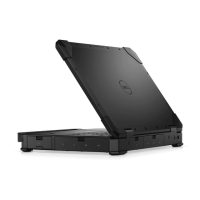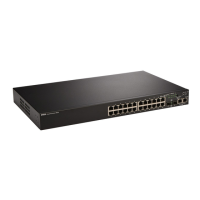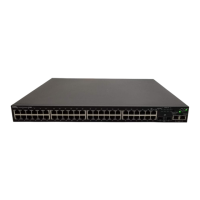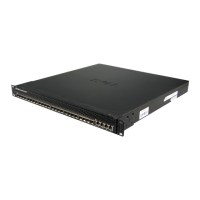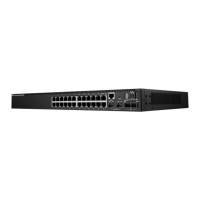170 LDAP Feature for the Remote Console Switch
3
Create a DPO. Do not check any of the three boxes on the “KVM
Appliance Privileges” tab. Check the Console Redirection Access box on
the “KVM SIP Privileges” tab.
NOTE: If you check any of the KVM Appliance Privileges check boxes and you check the
Console Redirection Access box, the normal User Privileges associated with the
privilege level checked in the KVM Appliance Privileges box will take precedence
over the Console Redirection Access checkbox, and the user will still be able to
view the AMP.
4
Create a DAO.
5
Open the properties dialog for the DAO created in step 4.
a
Add all the user accounts created in step 2.
b
Add the DPO created in step 3.
c
Add the SIP objects created in step 1.
Using Active Directory to Log In to the Remote
Console Switch
You can use Active Directory to log in to the Remote Console Switch through
the Remote Console Switch Software or on-board web interface.
The login syntax is consistent for all three methods:
<username@domain> or <domain>\<username> or <domain>/<username>
(where username is an ASCII string of 1–256 bytes). No white space and no
special characters (such as \, /, or @) are allowed in either the username or the
domain name.
NOTE: You cannot specify NetBIOS domain names, such as Americas, since those
names cannot be resolved.
NOTE: If a domain name is not included, the local database in the Remote Console
Switch will be used to authenticate the user.
Target Device Naming Requirements for LDAP
Implementation
If you experience the following error:

